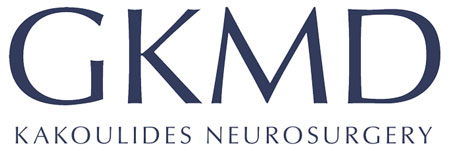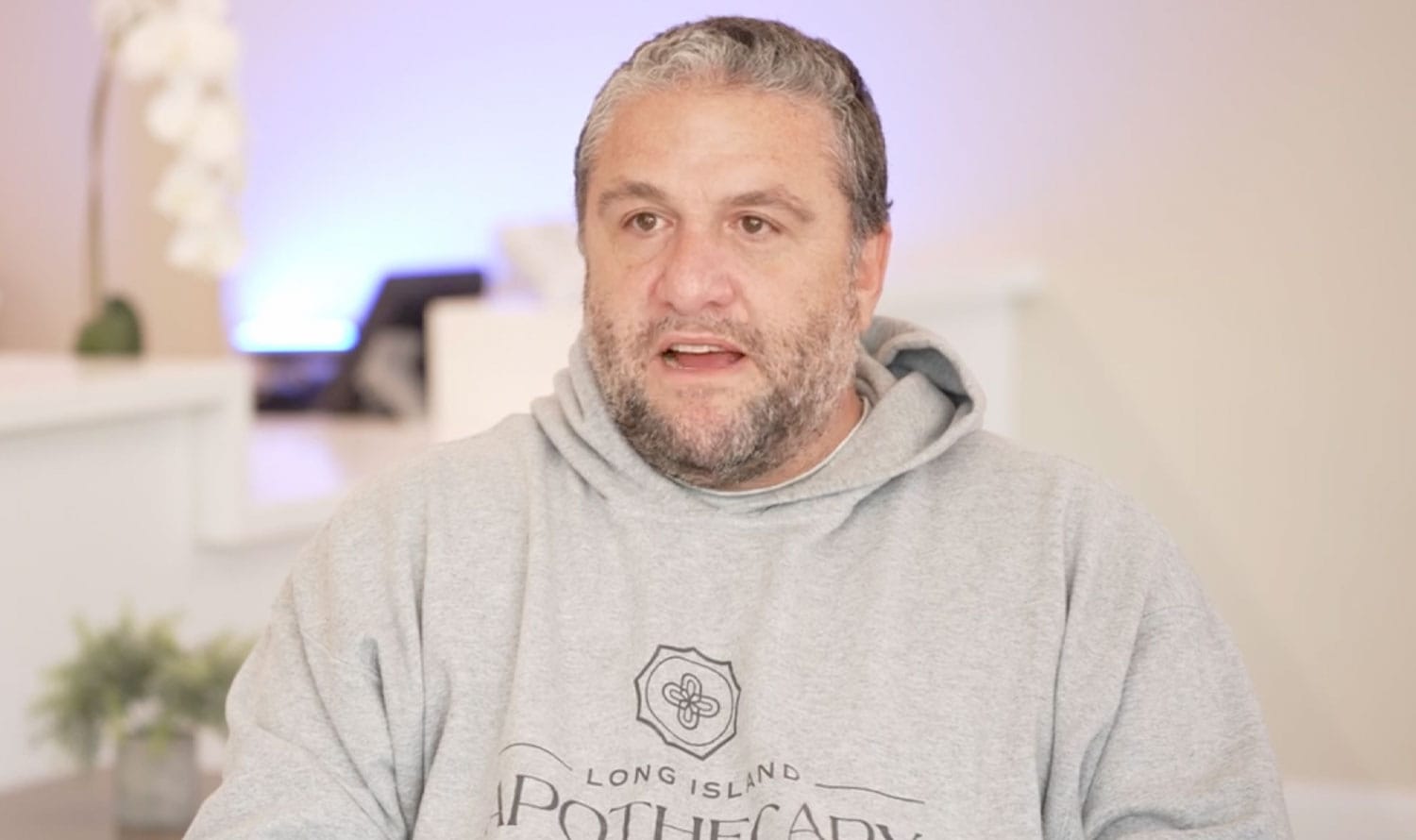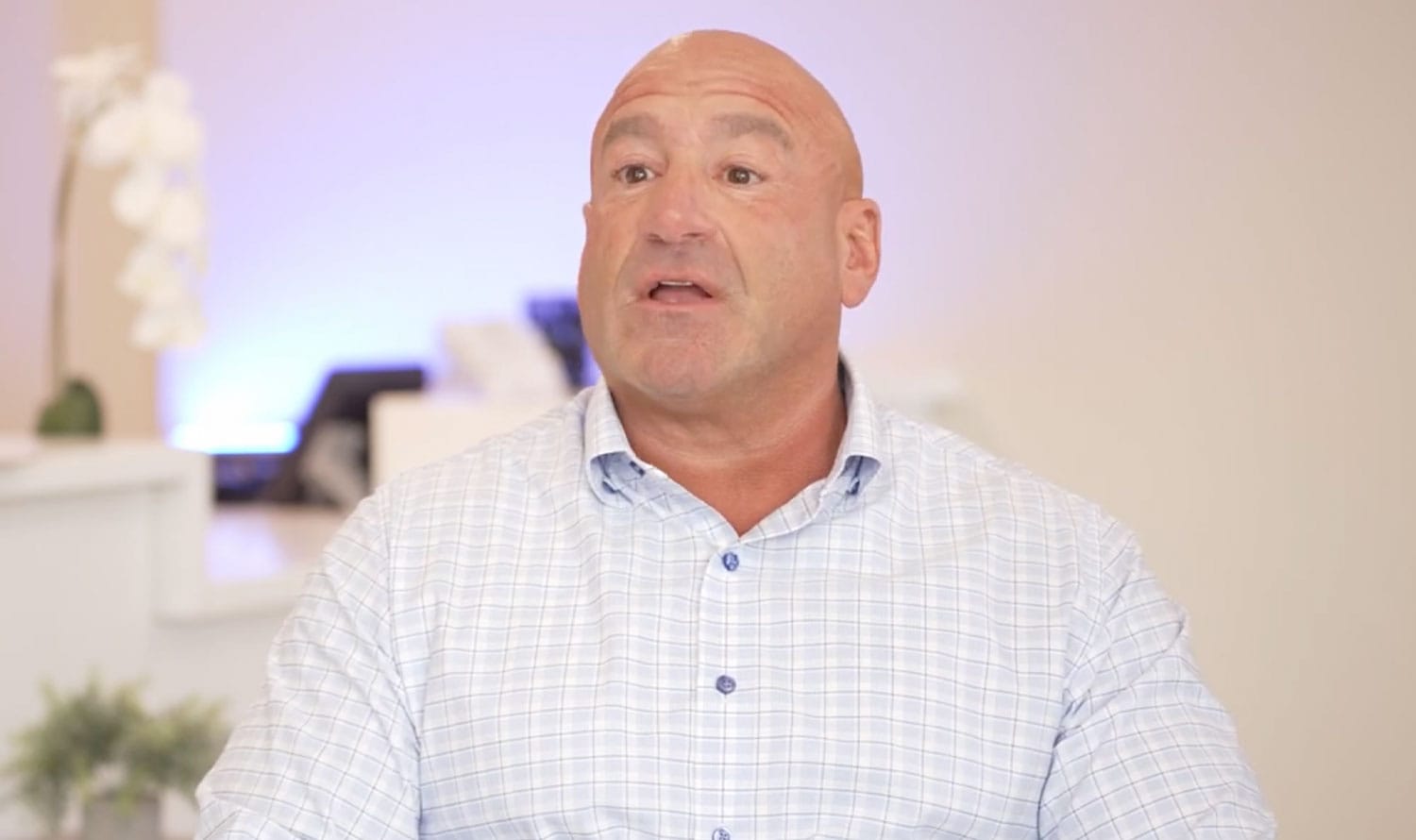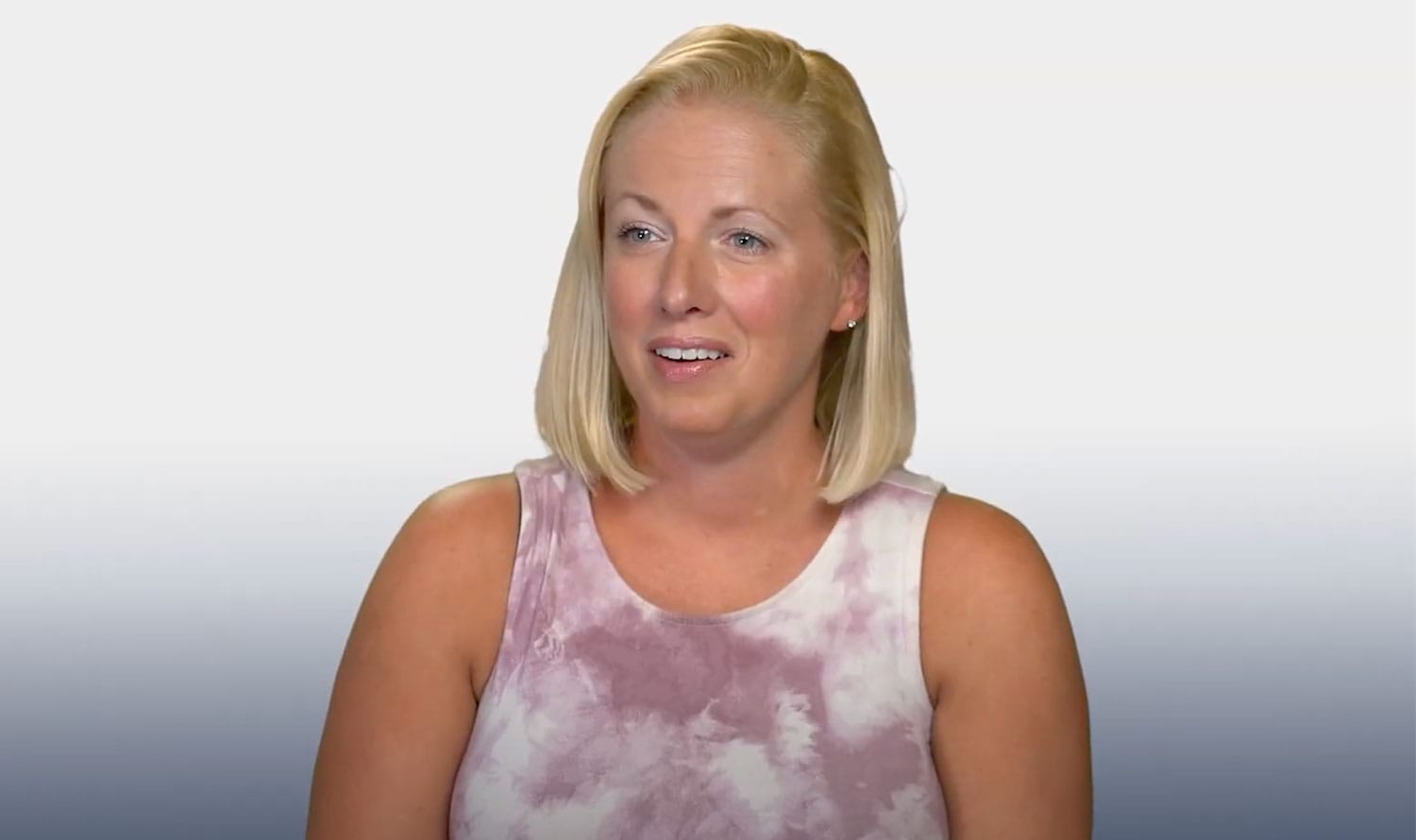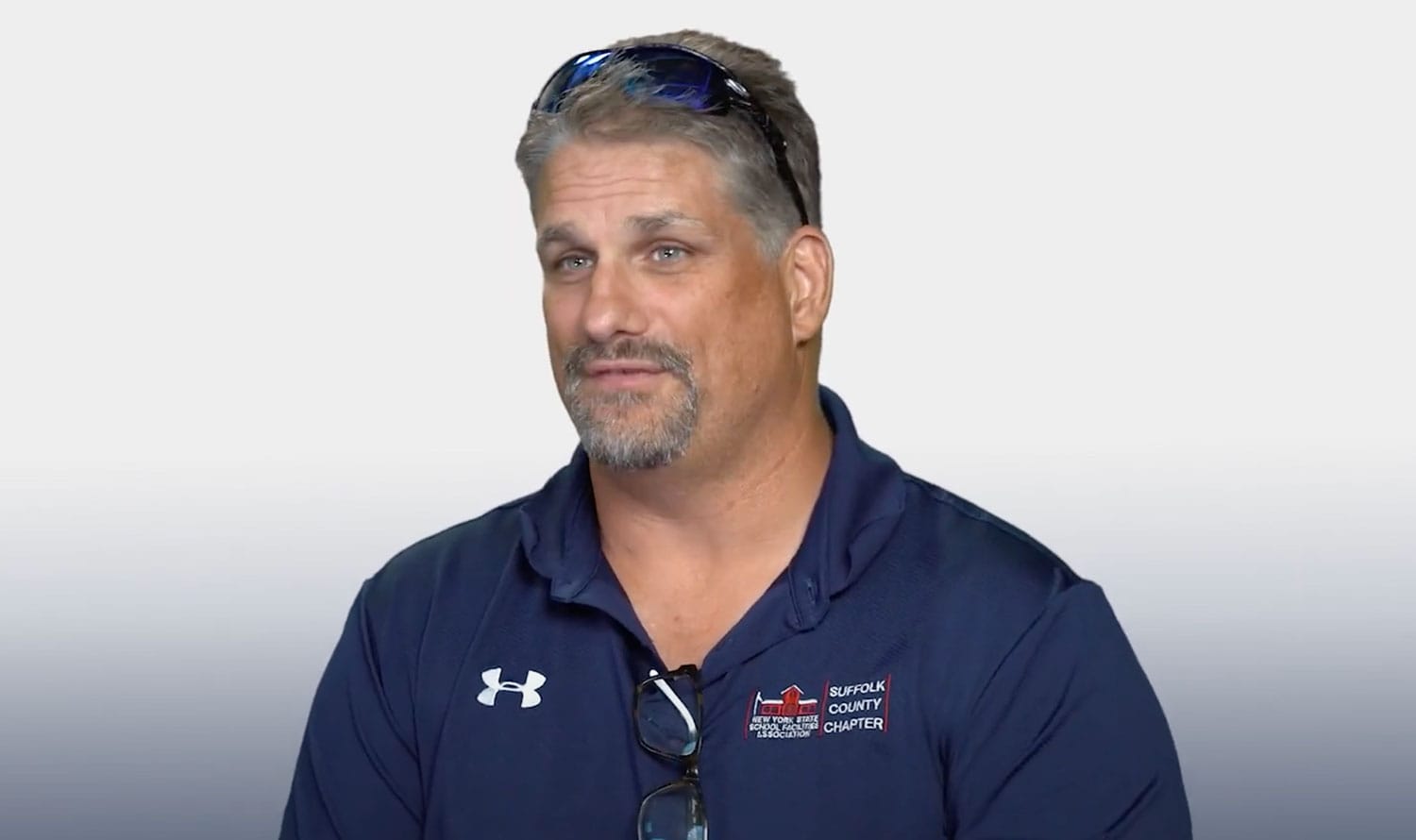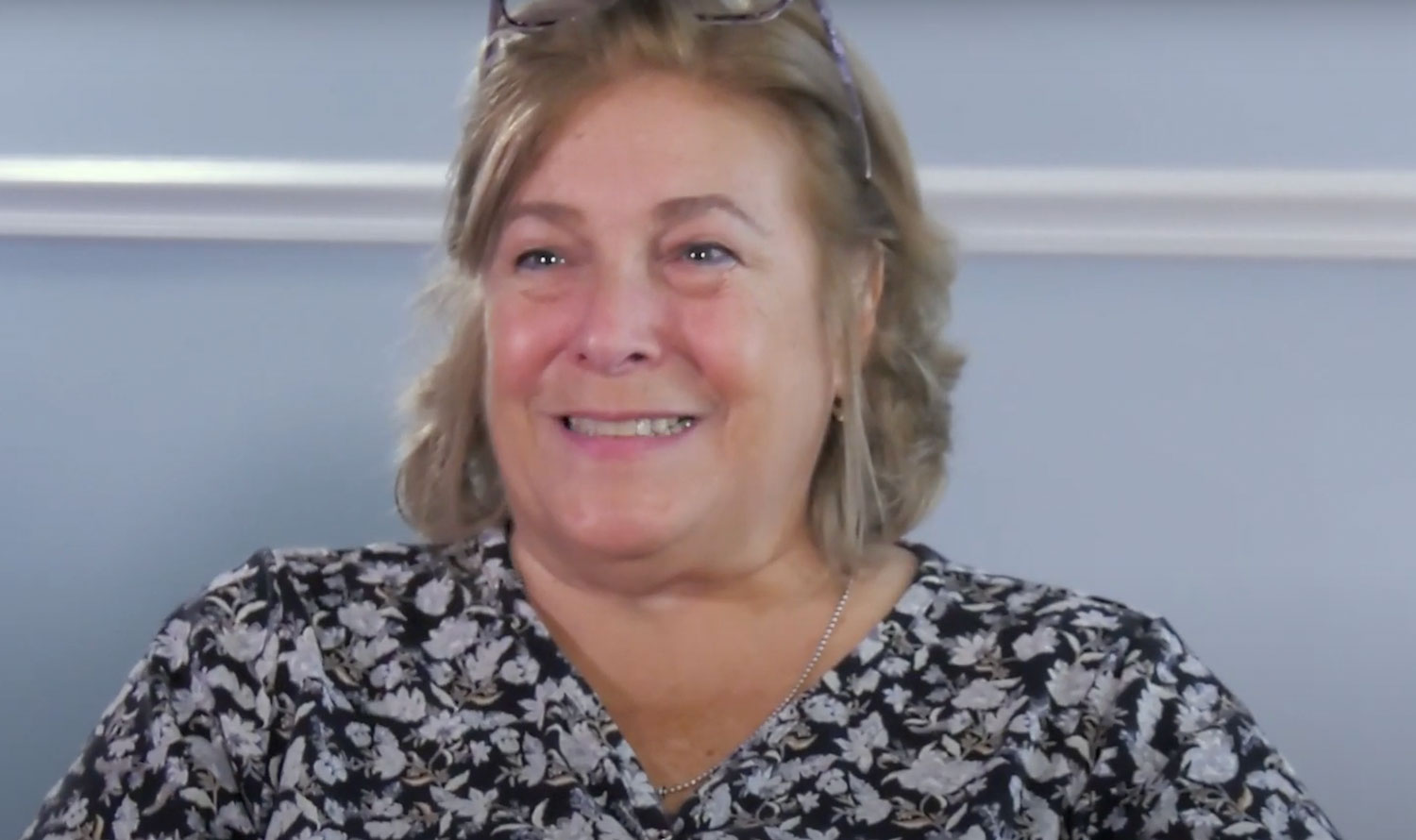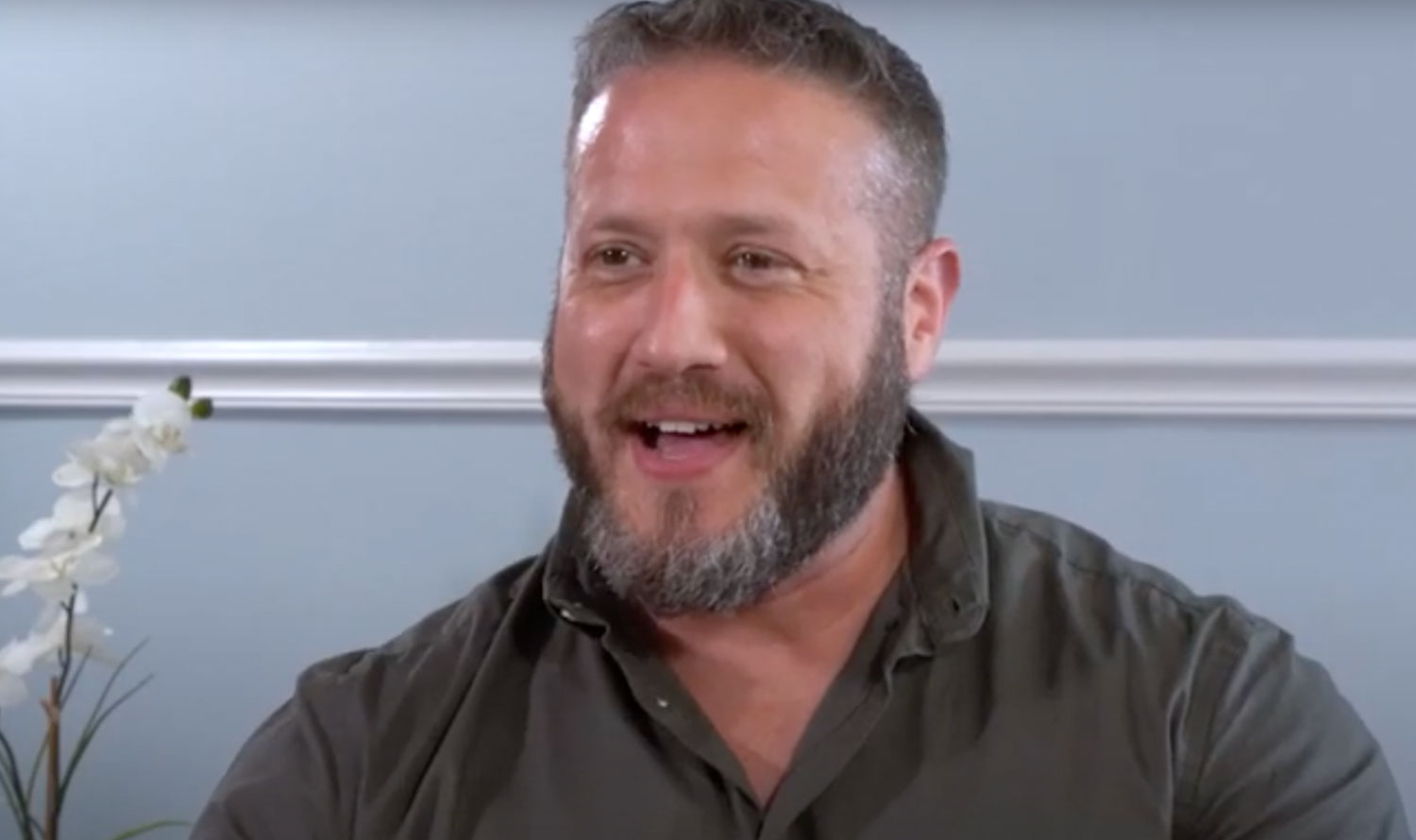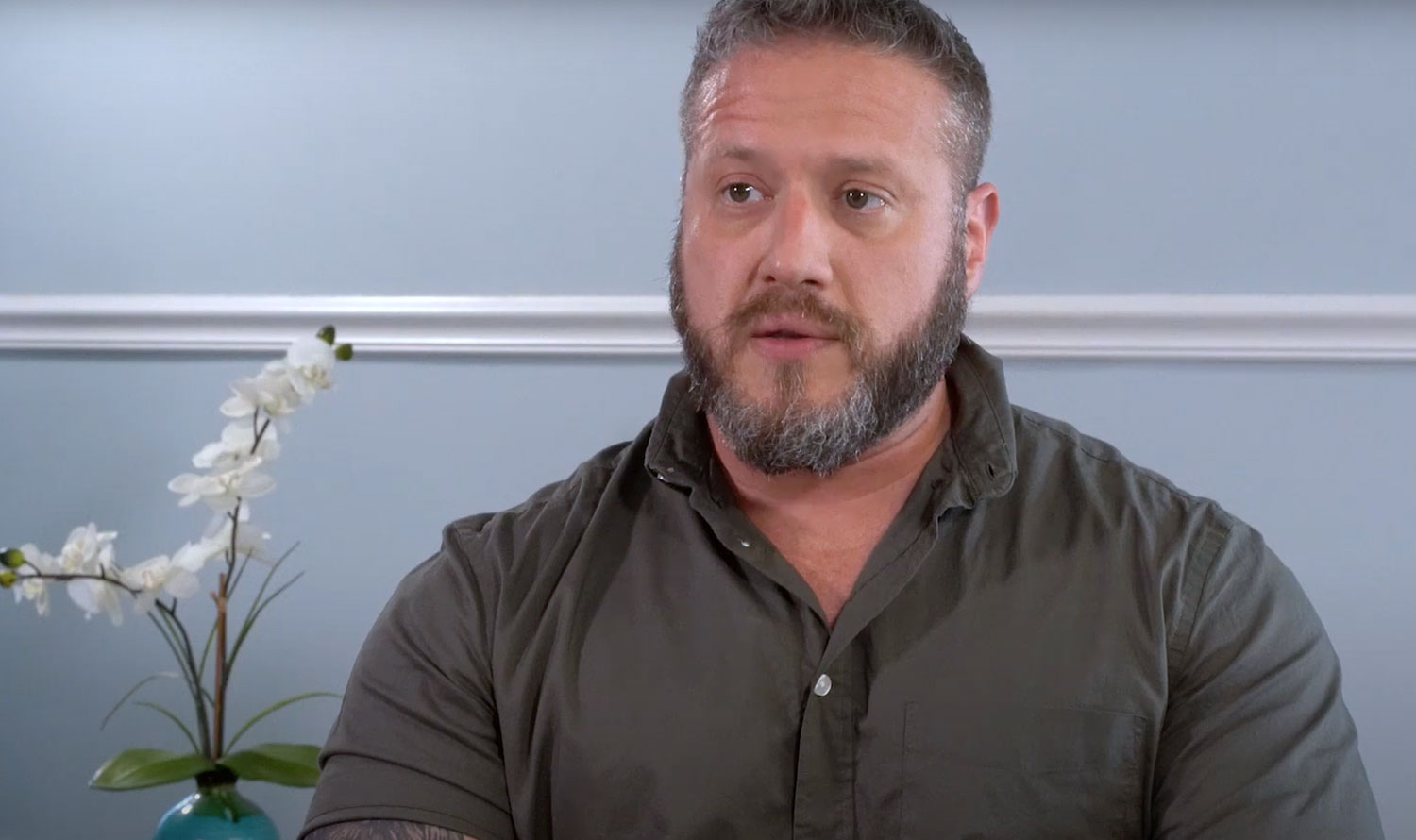An affiliate of Long Island Brain & Spine, board-certified neurosurgeon and back surgeon in Long Island, Dr. George Kakoulides diagnoses and treats the root cause of neck and back pain using state-of-the-art minimally invasive spine surgeries. He takes a personalized and intimate approach to spine care, accompanying his patients through every step of the spine surgery and recovery process.







NAMED AS A TOP DOCTOR FOR NEW YORK IN 2022, 2023 & 2024 BY TOP DOCTORS MAGAZINE
Neurosurgeon & Back Surgeon Long Island
Serving Long Island, New York, West Islip, Huntington, Smithtown & Bethpage




Why Choose
George Kakoulides, MD
Dr. George Kakoulides is one of the country’s leading board-certified neurosurgeons, with numerous offices across Long Island. He believes patients no longer have to travel to New York City, away from their families and support systems. Dr. Kakoulides provides world-class spine care here on Long Island, closer to home. If you have the symptoms of severe nerve compression or spinal disorders, please schedule a consultation with Dr. Kakoulides today.
“He actually spent the time going over my MRI and explained what is wrong with my lower back and gave me every option non-surgical and surgical…”
-Damon B.
“When I first met Dr. Kakoulides in 2016, I was immediately impressed with his knowledge and felt very comfortable. Dr. Kakoulides tells it like it is…”
-Tracy W.
“Phenomenal service. Staff is A+++. Dr. Kakoulides is by far one of the best doctors I have ever seen. Had three-level cervical discectomy…”
-Rosemarie C.
“Dr. Kakoulides made me feel at ease. He took his time to explain everything and answered all my questions. His professionalism was an A+…”
-Dawn G.
“I felt very comfortable with Dr. Kakoulides. He took the time to explain everything and answered any questions that I had…”
-Patrick W.
“Staff was very helpful and professional. Dr. Kakoulides was very helpful in explaining my condition and the treatment…”
-Barbara T.
“Dr. Kakouilides is a great doctor who takes his time to explain everything and is patient to answer any questions you may have…”
-Monica M.
“Friendly staff, very clean & efficient, and my doctor is kind & caring and takes the time to listen & ask and to recommend what is best for me….”
-Ellen M.
Spine Surgeries
Stay In The
Fast Lane

Herniated Disc Surgery
Dr. Kakoulides performs a minimally invasive herniated disc surgery to restore optimal spinal health and stability. After making a few small incisions on the cervical or lumbar region, the surgeon removes the damaged parts of the spinal disc or the entire disc, depending on your condition. Once the spinal disc is removed, the surgeon may fuse the adjacent vertebrae or replace the spinal disc. Dr. Kakoulides is a spine surgeon in Long Island that uses the safest and most effective techniques to remove and replace the damaged discs, restoring full mobility and range of motion.

Minimally Invasive
Spine Surgery
Dr. George Kakoulides provides minimally invasive spine surgery instead of traditional (open) spine surgery. Traditional spine surgery is performed via one large incision on the targeted area, whereas minimally invasive spine surgeries are performed via extremely small incisions. Minimally invasive spine surgery is safer and more effective, involves minimal bleeding, and reduces the risk of post-treatment complications. Dr. Kakoulides recommends minimally invasive spine surgery as a last resort if all non-invasive solutions fail.
Keeping
You Active

Meet Dr. George Kakoulides, MD
Dr. Kakoulides is a board-certified neurosurgeon and back surgeon in Long Island with advanced training in world-class minimally invasive spine surgery of the lumbar, thoracic, and cervical spine. Born and raised in Long Island, he has dedicated his career to bringing the latest and safest surgical innovations to his patients. As a co-founder of IKONA, a company that utilizes state-of-the-art technological innovations to transform the patient’s experience, he has successfully treated thousands of patients with spinal and cranial disorders.


"Dr. Kakoulides performed a lower back surgery on me, and I couldn’t have asked for a better surgeon. After my back finally gave out, I placed a call to him, and he returned my call within an hour. Once it was determined that I needed a surgery, he explained it all to me, but when my wife came to the hospital and had more questions for Dr. Kakoulides, he came back and answered all her questions. I am now seven months out of surgery and I feel great. Thank you!"
- JAMES B.
